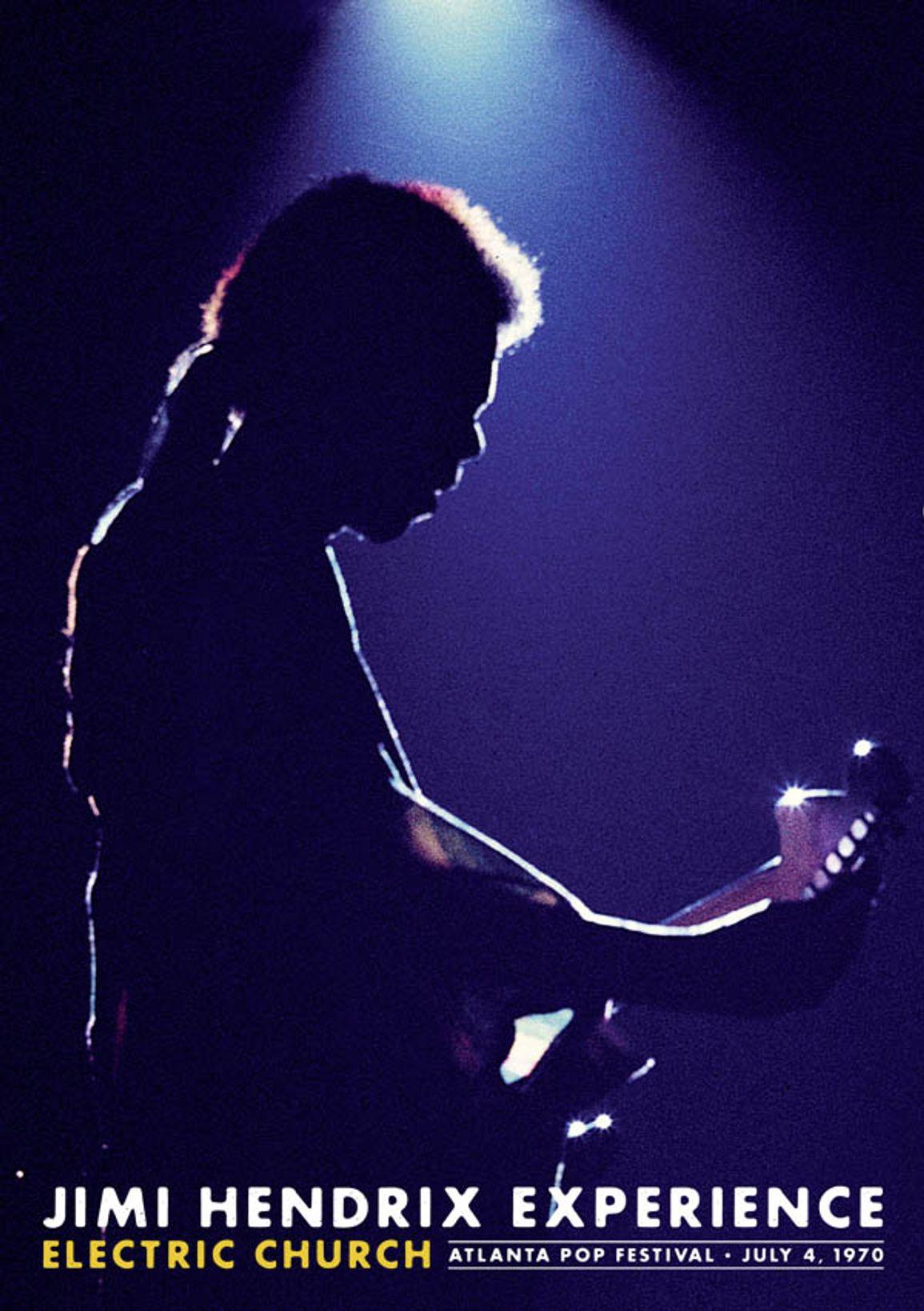The Legacy of Jimi Hendrix’s Electric Church

Introduction
Jimi Hendrix, often regarded as one of the greatest guitarists in the history of rock music, created a unique blend of sound that transcended genres. One of his most poignant contributions to music and culture is encapsulated in the concept of the “Electric Church.” This term not only refers to his extraordinary live performances but also his philosophy on music and the unifying power it holds. Understanding the Electric Church is crucial for appreciating Hendrix’s artistic vision and enduring influence on contemporary music.
The Concept of Electric Church
Hendrix first used the term “Electric Church” during his performance at the Atlanta International Pop Festival in 1970. This phrase captures his intention of creating a spiritual experience through music, merging the electrifying power of rock with elements of gospel and blues. Hendrix believed that music held the power to connect people, providing solace and communal celebration, much like a traditional church experience.
Significant Performances
Throughout his career, Hendrix’s performances displayed his unparalleled talent and his commitment to the ethos of the Electric Church. His set at Woodstock in 1969, particularly his renditions of “The Star-Spangled Banner” and “Purple Haze,” showcased his innovative guitar techniques and his ability to evoke a wide range of emotions. These performances not only solidified his status as a music icon but also illustrated the power of music as a vehicle for social change, echoing the sentiments of the counterculture movement of the time.
Cultural Impact
The Electric Church continues to influence musicians and artists across various genres. From the psychedelic sounds of later rock bands to modern hip-hop artists who cite Hendrix as an inspiration, the reverberations of Hendrix’s innovative approach remain evident. Additionally, documentaries and films exploring his life and ideology reinforce the importance of the Electric Church in understanding the cultural landscape of the 1960s and 70s.
Conclusion
The notion of Jimi Hendrix’s Electric Church transcends mere performance; it represents a philosophy that celebrates unity through music and creative expression. As we reflect on his contributions, it is essential to recognise the ways in which his ideals continue to resonate in today’s music scene. The legacy of the Electric Church reminds audiences of the transformative power of music and its ability to touch the soul, heal divides, and foster a sense of community. As we delve into Hendrix’s life and work, we are invited to consider how his vision for a connected world through music can inspire our present and future.
